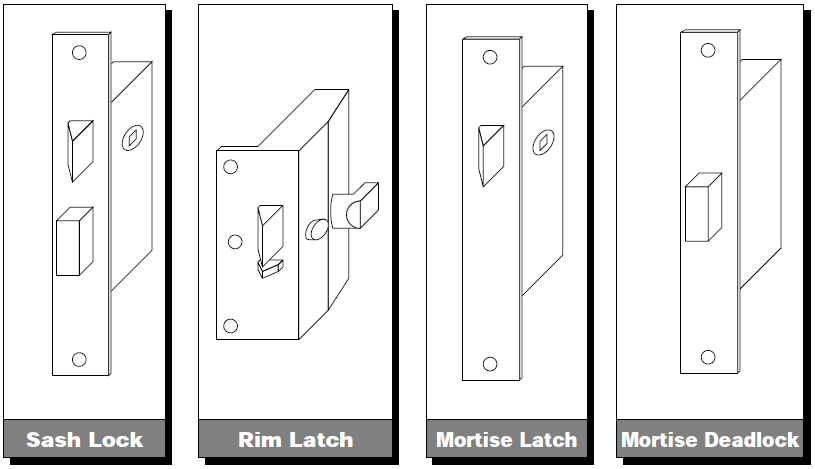|
|
|
|
Mortise Latch Locks and electric strikes
|
|
|
|
Check the following features
- Voltage
- 12V is used on 99% of door entry and access control systems
- 24V is rarely used for door entry or access control, and only really found where fire alarm interface is required. Although 24V lock release operation is not required for fire interface either.
- AC or DC
- AC is most often used in door entry intercom systems
- DC normally found on access control systems and keypads
- Operation
- Fail secure (fail locked) electric strikes are used on doors which are not on fire escape routes.
- Fail Safe (fail unlocked) electric strikes are used on doors which are on fire escape routes.
|
|
|
|
Mortise Latch
- Mortise latch locks usually have a key one side and a handle the other, or handle both sides.
- If there are handles on both sides of the door, one will need to be removed or disabled.
- A simple method to disable the handle, is by cutting the square bar which connects the handle to the lock, making the handle inneffective.
- There are a wide range of mortise latch releases (electric strikes). If the frame as well as the gate is timber, most normal latch mortise electric strikes (lock releases) are suitable.
|
|
If the lock is fitted into the door, it is known as a Mortise Lock.
In order to electrically release this type of lock you will require a mortise release. This replaces the existing strike box (which is fitted to the frame).
The most popular type of mortise lock for door entry and access control us is a LATCH MORTISE lock.
|
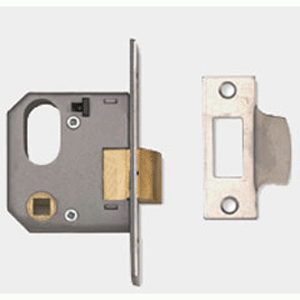
Latch Mortise Lock
|
|
|
|
|
Next, you need to decide on a suitable electric strike (lock release).
Often this budget type of electric strike is used for door entry intercom systems and are 12V AC operation. This means they require 12V AC supply to operate the coil, which releases the keeper.
These are budget strikes and offer low security.
|
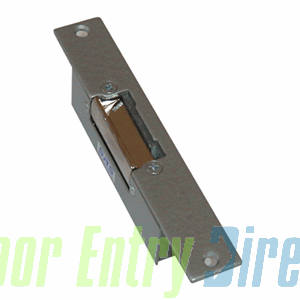
Mortise Strike
|
|
|
|
|
If you want a better quality strike to work with a mortise latch lock you could opt for either the Gianni ER310, the Alpro EL901 or one of the many Trimec electric strikes.
These electric strikes
- require DC power
- are stronger than the budget strikes.
- fail open and fail secure (changed by making a simple adjustment to the electric release).
- come with long (for timber from) and short faceple (for metal frame)
|
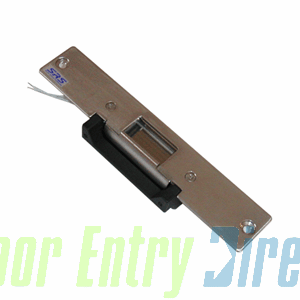
ER310
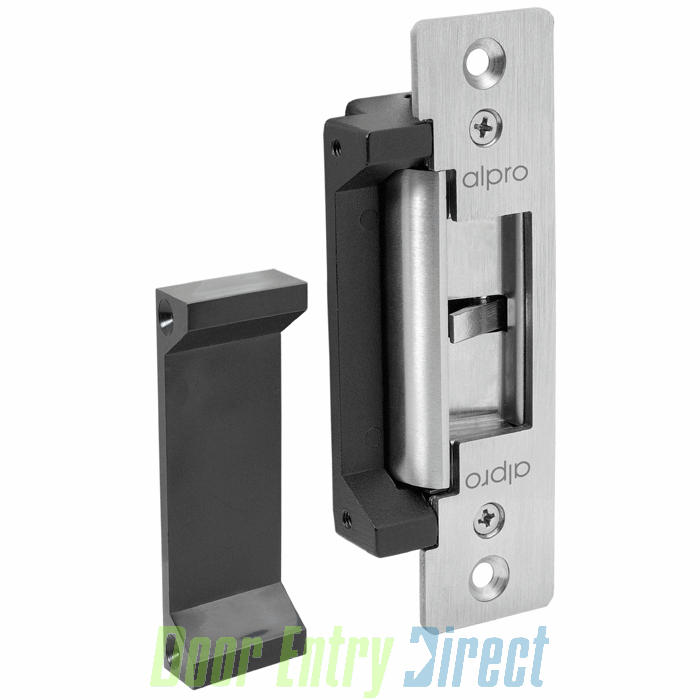
EL901
also comes with long faceplate
|
|
|
|
Mortise Deadlock
- Mortise deadlock (often called Chubb lock) has a bolt which can only be retracted using a key. Releasing this type of lock requires a special type of lock release that will remain in the open position whilst the door is open and lock closed when the door is closed.
- These locks and strikes are NOT ideal for electrical operation because it would be easy to leave the door unlocked.
- If you must keep this lock in place and wish to electrically release it, you could use PGS range.
Note:
Although it is possible to release a dead lock, it it often not desirable to do so.
|
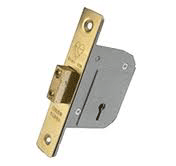
Mortise deadlock
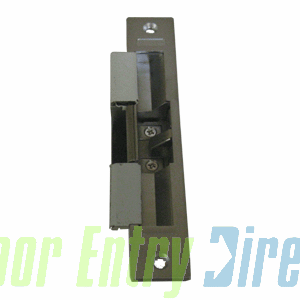
|
|
|
|
Sash Lock
- Sash locks are a combination of Mortise Latch and Mortise Deadlock. The latch part is operated by a handle and the deadbolt part operated by a key.
- The normal method of using a lock release (electric strike) with these locks is to release the latch part, and remove (or disable) the handle on the outside of the door.
- A simple method to disable the handle, is by cutting the square bar which connects the handle to the lock, making the handle inneffective.
- Great care should be taken to make sure the gap between the latch and the deadbolt on your lock is suitable for the sash lock release you choose.
- See the range of sash lock release here.
- Note that Trimec lock releases come without the sash front plate, which should be added to make the complete lock release.
- Trimec TS111AWR (12V DC [fail open & fail locked]) plus
- Trimec TS110SLEUL (Euro Left Hand plate) or
- Trimec TS110SLEUR (Euro Right Hand plate) or
- Trimec TS110SLUKL (UK Left Hand plate) or
- Trimec TS110SLUKR (UK Right Hand plate)
|
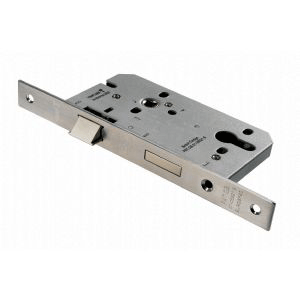 Sash Lock
Sash Lock
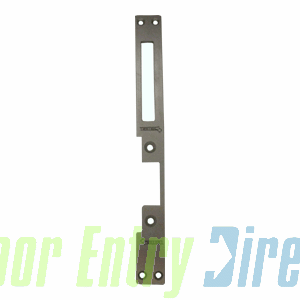
Trimec Euro Sash plate
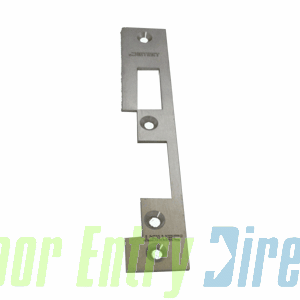
Trimec UK Sash plate
|
|
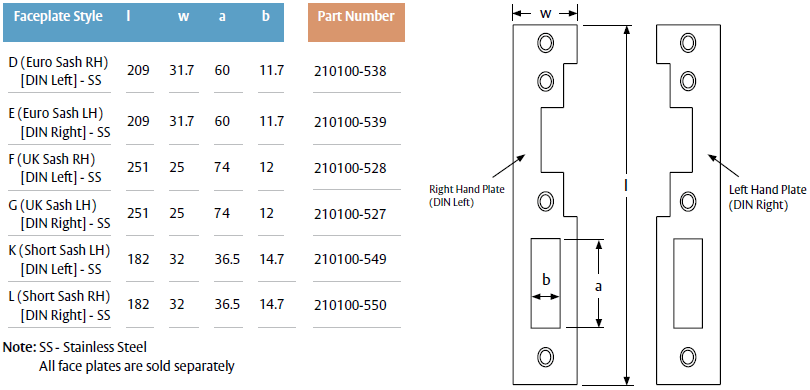 |
|
|
|
For the full range of Mortise strikes and locks Click Here
|








